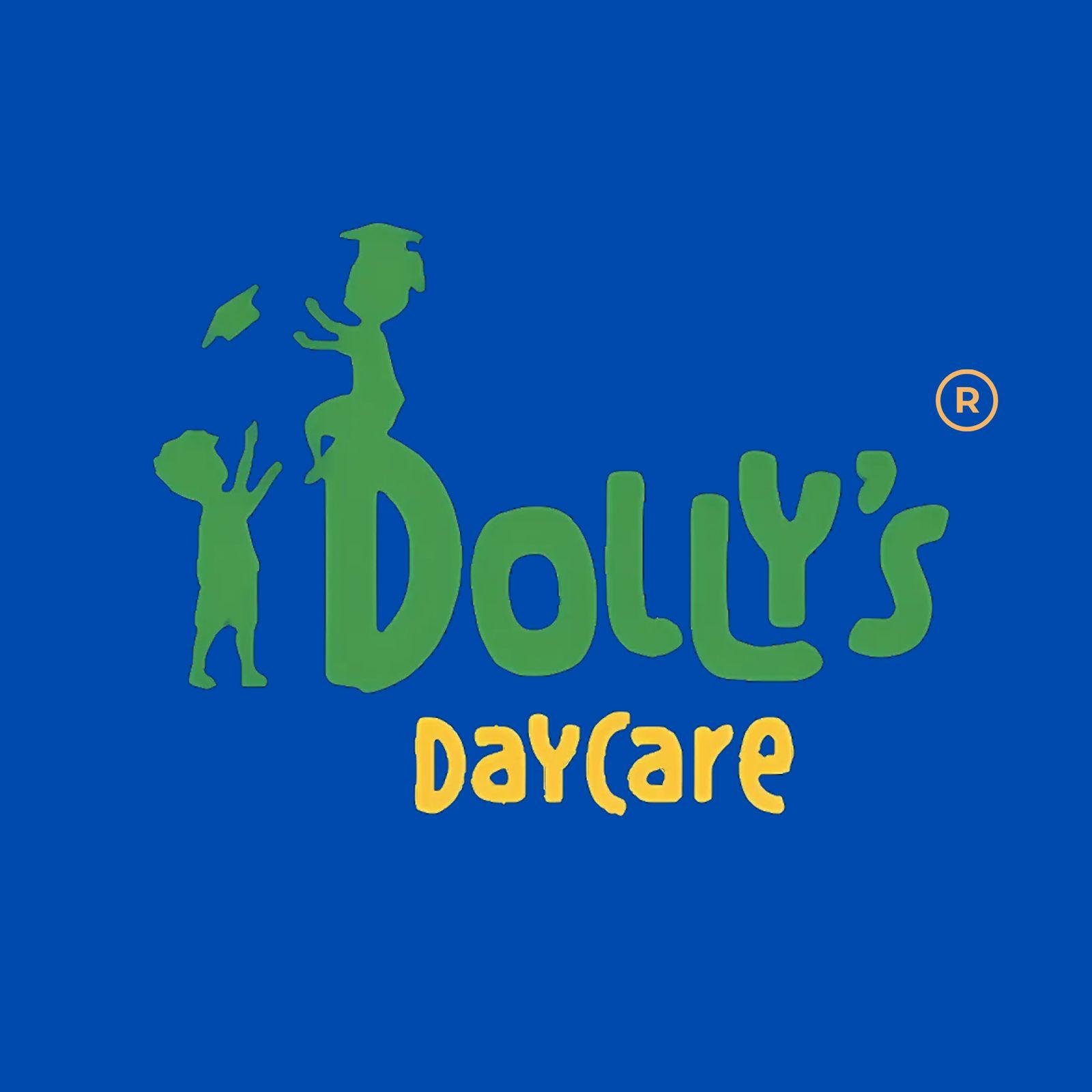Healthy eating habits established in childhood lay the groundwork for lifelong well-being. As parents, fostering nutritious eating habits in our young children is a gift that will benefit them for years to come. Here are some practical tips to promote healthy eating at home and in daycare settings:
At Home:
1. Lead by Example:
Children learn by watching their parents, so model healthy eating habits by incorporating a variety of fruits, vegetables, whole grains, and lean proteins into your own diet.
2. Create a Positive Food Environment:
Make mealtimes enjoyable by sitting down together as a family without distractions like TV or electronic devices. Encourage conversation and exploration of new foods without pressure or criticism.
3. Offer a Variety of Nutritious Foods:
Introduce a wide range of healthy foods to your child’s diet, including different colors, textures, and flavors. Be patient if your child is hesitant to try new foods, and offer them multiple times in different preparations.
4. Involve Children in Meal Preparation:
Allow children to participate in meal planning, grocery shopping, and food preparation. This empowers them to make healthy choices and fosters a positive relationship with food.
5. Establish Regular Meal and Snack Times:
Stick to a consistent schedule for meals and snacks to help regulate hunger and prevent overeating. Offer nutritious snacks like fruits, vegetables, yogurt, or whole-grain crackers between meals.
In Daycare Settings:
1. Communicate with Daycare Staff:
Share your child’s dietary preferences, allergies, and any concerns about their eating habits with daycare staff. Collaborate with them to ensure that your child’s nutritional needs are met during their time at daycare.
2. Review Menus and Policies:
Review the daycare’s menus and nutrition policies to ensure they align with your family’s values and dietary preferences. Ask about the sources of ingredients and how meals are prepared.
3. Pack Nutritious Lunches and Snacks:
If the daycare allows, pack healthy lunches and snacks for your child that include a balance of fruits, vegetables, protein, and whole grains. Avoid sugary snacks, processed foods, and excessive amounts of salt or saturated fats.
4. Advocate for Healthy Food Practices:
Advocate for healthy food practices within the daycare, such as limiting sugary beverages, offering water as the primary drink option, and promoting family-style dining to encourage social interaction and exploration of new foods.
5. Engage in Food Education:
Support the daycare’s efforts to educate children about nutrition and healthy eating through activities, games, and discussions. Reinforce these lessons at home by talking about the importance of eating a balanced diet.
Conclusion:
Encouraging healthy eating habits in young children requires patience, consistency, and collaboration between parents and caregivers. By creating a positive food environment at home, communicating with daycare staff, and offering nutritious options, parents can help their children develop lifelong habits that promote health and well-being. Remember that every small step toward healthier eating is a step in the right direction, and celebrate the progress made along the way. Together, we can nourish our children’s bodies and minds for a bright and healthy future.


